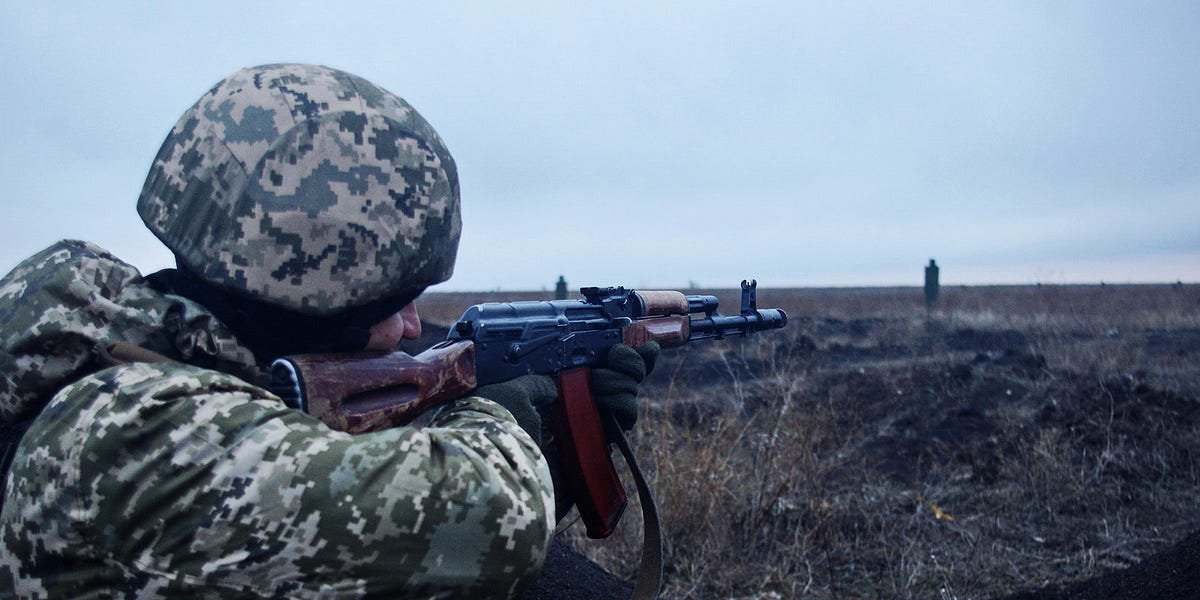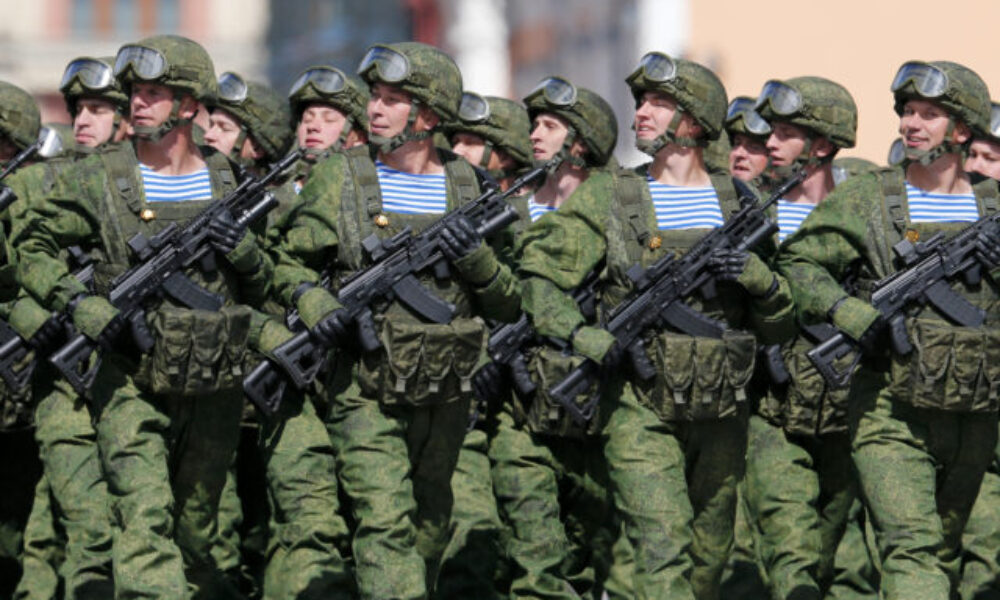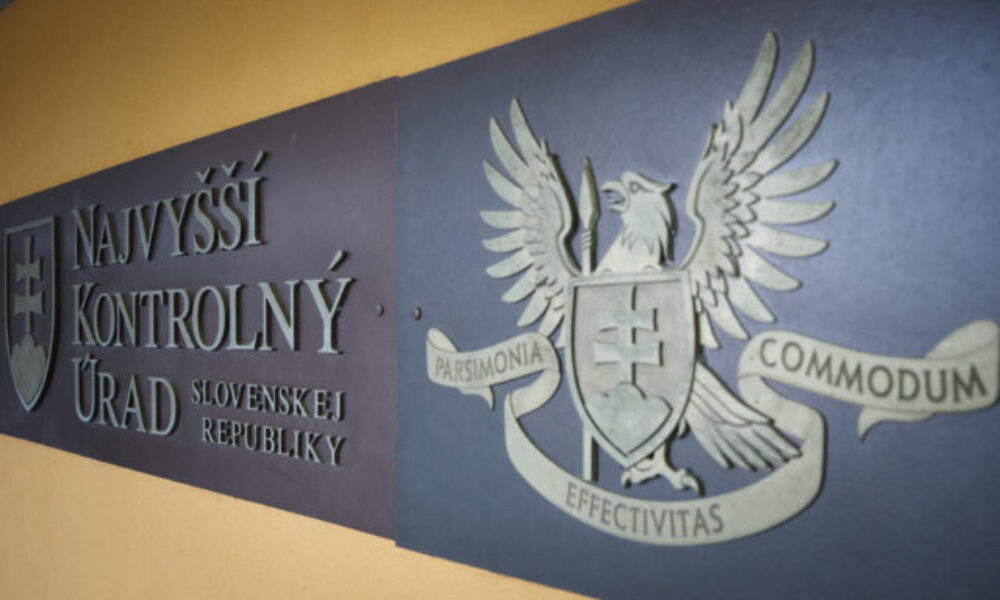
“I get the strange feeling the Russians don’t want peace,” wrote the daughter of U.S. Special Envoy for Ukraine Keith Kellogg on X. Meanwhile, the Trump administration has decided to redirect 20,000 anti-drone missiles, originally intended for Ukraine, to American forces in the Middle East. And Ukraine, now facing overnight attacks by over 400 drones, was really counting on those missiles.
Impressive operations like the recent Spiderweb, while successfully taking out several of Russia’s strategic aircraft and boosting morale, cannot solve all the problems. This means Ukraine needs more support—regular, timely, and urgent.
Thank you for reading and supporting my work!
While some are living in peace, others defend this peace. Please consider helping me fundraise for a drone for my university friend Vasyl, who is currently serving in the infantry unit of Ukraine’s Armed Forces. No donation is too small.
Military Transfers to Ukraine
According to The Atlantic, Trump privately expressed frustration that Operation Spiderweb could escalate the conflict. The strike prompted a new debate in the White House about whether the United States should abandon Ukraine.
It has also come to light that the Trump administration is redirecting a critical anti-drone technology originally intended for Ukraine to U.S. forces, The WSJ reported. The Pentagon quietly informed Congress last week that special fuzes used in rockets by Ukraine to down Russian drones are now being reassigned to U.S. Air Force units stationed in the Middle East.
On June 8, President Zelensky confirmed that Trump’s administration diverted 20,000 anti-drone missiles originally intended for Ukraine. Zelensky said Ukraine counted on those missiles to help counter relentless Russian drone assaults, including swarms of Iranian-designed Shahed-type drones. On June 1, Russia launched a record-breaking 472 drones in a single night.
A senior military official responsible for coordinating Germany’s arms deliveries in conversation with Reuters said that Europe is capable of sustaining Ukraine’s resistance against Russia even if the United States were to completely withdraw its military support. NATO’s European members plus Canada had already exceeded the estimated $20 billion worth of U.S. military aid provided last year to Kyiv. They accounted for around 60% of the total costs borne by the Western allies.
Additional news:
-
On June 6, Canada announced the decision to provide over $35 million in military assistance to Ukraine, including:
-
$30 million for Coyote and Bison armoured vehicles, accompanied by new equipment and ammunition supplied by Canadian companies. This donation complements Canada’s previous donation of 64 Coyote armoured vehicles that arrived in Ukraine in December 2024.
-
$5 million for electronic warfare anti-jammer kits from Canada’s defence industry.
-
-
The Netherlands will deliver a new €400 million military aid package to Ukraine focused on maritime security. The package includes more than 100 vessels, such as patrol boats, transport boats, interceptors, and special operations craft.
-
The UK announced plans to supply Ukraine with 100,000 drones. The delivery deadline is by April 2026.
-
Five more countries joined the international Electronic Warfare (EW) coalition to support Ukraine’s Defense Forces. The list includes Belgium, Sweden, Italy, Turkey, and Estonia.
-
Montenegro plans to launch drone production in cooperation with a company from the United States. The first batch will be delivered to Ukraine.
Domestic Production and Internal Affairs
Ukraine seeks an alternative to the Kalashnikov rifle. The growing „zoo“ of different rifles and the depletion of Kalashnikov stockpiles have prompted the state to seek a rifle that would serve as the standard weapon for infantry soldiers.









